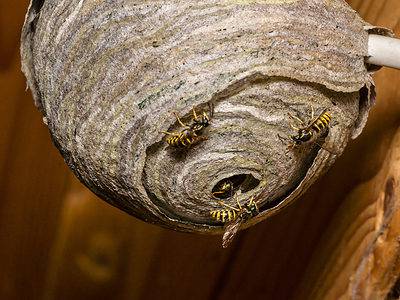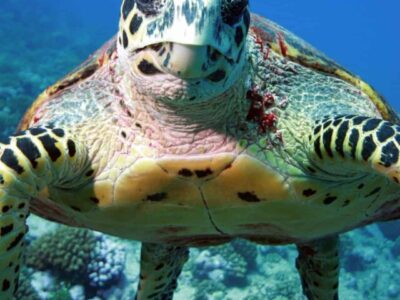Diplodocus
Diplodocus longus
Their long tales could have been used as a whip!
Advertisement
Diplodocus Scientific Classification
- Kingdom
- Animalia
- Phylum
- Chordata
- Class
- Reptilia
- Order
- Saurischia
- Family
- Diplodocidae
- Genus
- Diplodocus
- Scientific Name
- Diplodocus longus
Read our Complete Guide to Classification of Animals.
Diplodocus Conservation Status
Diplodocus Facts
- Prey
- Leaves and ferns
- Group Behavior
- Herd
- Fun Fact
- Their long tales could have been used as a whip!
- Biggest Threat
- Predators eating juveniles
- Most Distinctive Feature
- Long neck with 15 vertebrae
- Distinctive Feature
- Super long tale
- Other Name(s)
- Sauropods, long-neck
- Temperament
- Naive
- Litter Size
- 3-5 Eggs
- Habitat
- Grassland, Edge of Forest, Prairie
- Predators
- Allosaurus, Ceratosaurus
- Diet
- Herbivore
- Average Litter Size
- 3-5 Eggs
- Lifestyle
- Herd
- Favorite Food
- Leaves and Ferns
- Common Name
- Brontosaur
- Special Features
- long necks and long tails
- Number Of Species
- 3
- Location
- Mid-West of North America
- Group
- Diplodocus
- Migratory
- 1
Diplodocus Physical Characteristics
- Color
- Brown
- Red
- Skin Type
- Scales
- Top Speed
- 9 mph
- Lifespan
- 70-80 years
- Weight
- 10-11 tons
- Height
- 13 feet
- Length
- 85 feet
- Age of Sexual Maturity
- 10 years
- Venomous
- No
- Aggression
- Low
View all of the Diplodocus images!
There are so many diplodocus fossils that it is one of the best-studied dinosaurs, and a favorite for its whip-cracking tail!
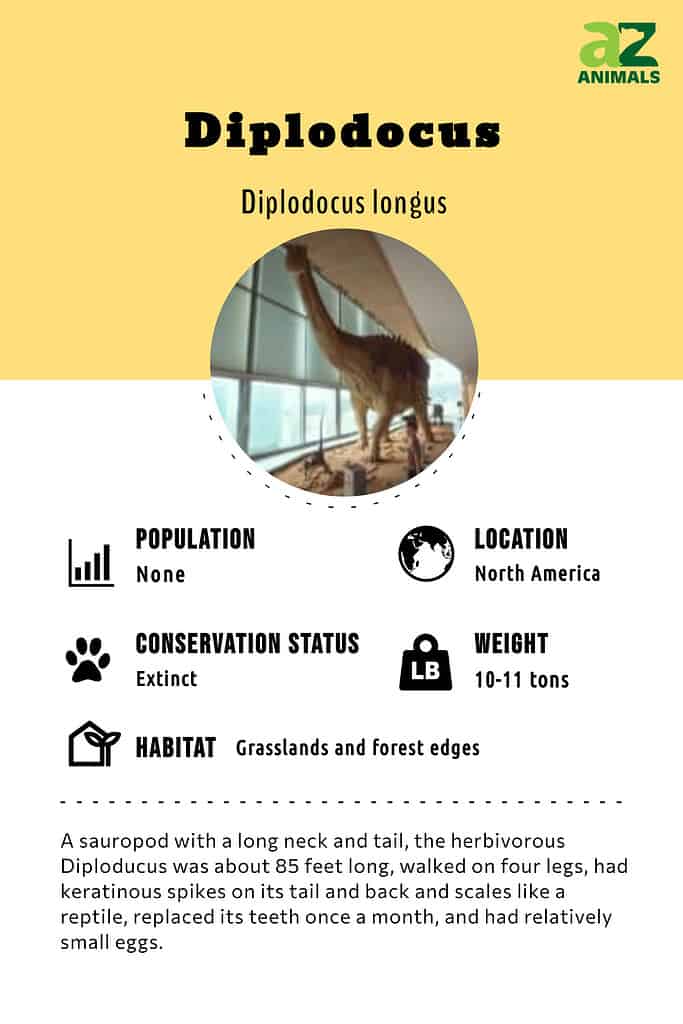
The diplodocus might be one of the most easily recognizable dinosaurs. The many pop culture references to diplodocuses include a cameo in the classic Disney film Fantasia and a portrayal in the classic animated dino tale The Land Before Time. Diplo, a well-known DJ, songwriter, and musician chose his stage name from his childhood love of dinosaurs. His favorite was the diplodocus!
The diplodocus is well-known for its long neck, long tail, and four sturdy legs. They are sauropods, a group of long-necked dinosaurs that includes brachiosaurus and brontosaurus.
Classification and Scientific Name
The Diplodocus has a long family tree. Obviously, it is from the Animal Kingdom and the Phylum Chordata. Then begins a series of Clades: Dinosauria, Saurischia, Sauropodomorpha, and Sauropoda, the latter two being extinct.
Continuing down the tree, the Diplodocus was from the Superfamily Diplodocoidea, Family Diplodocidae, and Subfamily Diplodocinae, all of which are extinct. The Genus Diploducus had three species: D. longus, D. carnegii, and D. hallorum. All, of course, are extinct. D. longus is the “type” species; that is, the one used as an example of the whole genus.
Estimates vary rather widely about all three species, but D. carnegii was thought to be 87-92 ft. long and 13-16 tons. D. hallorum may have been larger and even longer, possibly 95-105 ft. and 25 tons, but only partial skeletons have been found, so that estimate has not been verified.
The name “di-plodocus” means double beam, a reference to the chevron-shaped bones on the underside of the dinosaur’s tail that look like like a double beam.
Description and Size
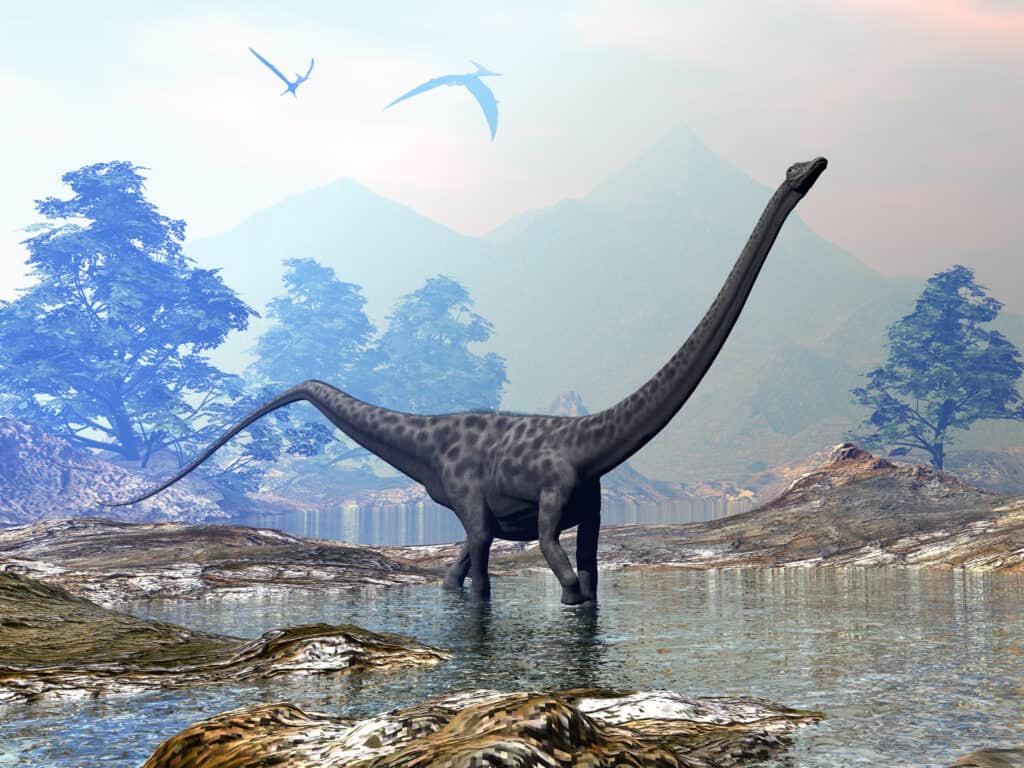
The tail of the Diplodocus sets it apart from other sauropods because of its whip-like appearance.
©Elenarts/Shutterstock.com
Like many other sauropods, the diplodocus was simply huge. For a long time, it was the largest known dinosaur, until other larger species fossils were discovered and identified. D. longus, the type species, was about 80-85 feet long and weighed 10-11 tons or 20,000 to 22,000 lbs. or more, although reports vary or get confused with the two other species.
The diplodocus tail is one thing that sets it apart from other sauropods. Its tail had 80 vertebrae and may have been used as a whip for self-defense, or perhaps to create a sonic boom (like cracking a whip) to scare away predators. Experts also believe the tails could have been used as a tactile organ, or even just for balance to counter the long necks. Some surmise the long tails or long necks could have been part of a sexual or reproductive display.
A part of the diplodocus tail is the reason behind its name. Its tail had chevron-shaped bones on the underside that gave the appearance of a “double beam.” The term diplodocus means double beam in Greek. Some scientists believe these bones provided extra support for the long tail and might have protected the tail’s blood vessels if the tail was resting on the ground for long periods of time.
The long neck had about 15 vertebrae and probably could not be raised much higher than horizontal. The skull is extremely small compared to the size of the body.
The Diplodocus walked on four legs. The front legs were shorter than the rear ones, giving the massive dinosaur a horizontal stance. Diplodocuses had one large claw on each of their front feet, but experts are not sure what the function of this may have been. Their “finger” and “thumb” bones were laid out vertically in a horseshoe shape, a design that likely developed to give proper support to their large frames.
Their teeth were a bit of an anomaly. Diplodocuses were herbivores, but they lack the mouth full of flat molars typical of animals with a plant-based diet. They also had different teeth than other dinos in the sauropod family. They had teeth only in the front of their mouths. Their teeth were somewhat peg-like, or like pencils, set in a row somewhat like a comb, and stuck out towards the front. They replaced their teeth nearly once a month. Some evidence shows that baby diplodocids may have had teeth throughout their mouth and a less-broad nose.
Diplodocus skin fossils have helped us to learn more about what they may have looked like than some other dinosaur species. They had keratinous spikes on their tail and back, similar to an iguana. Their spikes could be as long as 18 inches. Their scaly skin had many different shapes of scales on it including rectangular, polygonal, egg-shaped, dome-shaped, spherical, and pebble-shaped. Experts believe that similar to modern reptiles, different shaped scales were located on different parts of the body.
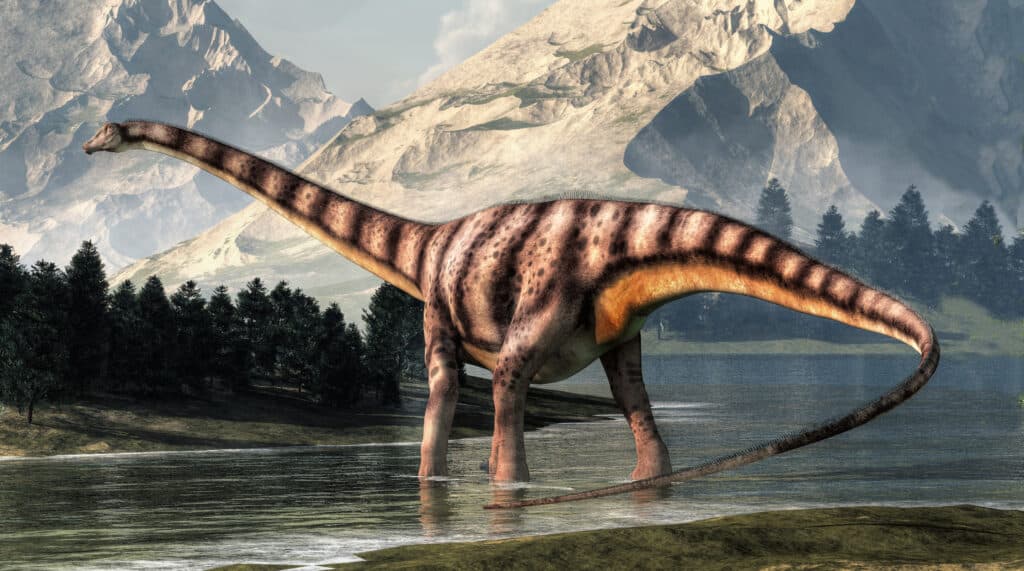
The Diplodocus was a long-necked and long-tailed sauropod that could grow up to 105 feet in length!
©Daniel Eskridge/Shutterstock.com
Diet
Studies showed that diplodocuses would use their unique teeth to eat soft ferns and leaves. They wouldn’t have been able to strip tree bark. Instead of chewing their meals, they would have spent a long time digesting and fermenting their meals in their stomach and intestines. The previously mentioned differences in baby and adult diplodocus skulls suggest juveniles may have eaten different foods or fed differently.
Some dinosaurs would eat stones to help with the digestion process, which some birds, the only living dinosaurs, still do today. However, experts believe that diplodocuses did not do this.
Experts have long debated just how diplodocuses ate. They do not think they could have raised their heads up much higher than horizontal. Even that would have put their heads at a height of 13 feet, tall enough to reach plenty of plant life. However, scientists believe that this dinosaur had an advantage over some other long-necked relatives. It could have reared up on its back legs and used its tail for balance, sitting in a tri-pedal posture to reach as high as 36 feet in the air for even more leafy snacks.
Some scientists believe that diplodocuses’ unique teeth were well-suited for eating soft, water-logged plants. They propose that diplos would have been able to lower their head below their bodies into bodies of water to find their meals.
Habitat
Diplodocuses lived in what is now the mid-west of North America. Early scientists believed they lived in marsh or swamp environments. However, today’s experts believe they likely lived in grasslands and on the edges of forests, partially because a dense forest would have been too difficult for large dinosaurs to navigate.
These giant animals lived between 152 and 154 million years ago during a time called the Kimmeridgian Age, which came at the end of the Jurassic Period.
Threats and Predators
There were not many predators that could overtake such a large animal. However, diplodocus eggs were likely pretty small compared to the size of the dinosaurs. This could have been an advantage against predators who enjoyed eating eggs or young dinosaurs. Larger eggs would have required a longer incubation period, bringing a greater period of vulnerability during reproduction.
Young diplos would have been at much greater risk from predators of the time like the allosaurus. Other sauropods would have their young hide in the underbrush while the adults went to feed. Some experts believe that diplodocuses may not have even cared for their young at all. One survival technique seen in some animals, known as an r-strategy method, is to hatch a large number of eggs, basically knowing that only a few would survive to adulthood.
Scientists believe this may have been the diplodocus way. This may be the reason for the juvenile diplodocus having different teeth and a different snout shape. Perhaps they couldn’t afford to be quite as picky about what they were munching on as they grew. Further supporting the r-strategy reproduction idea is the fact that diplodocuses matured pretty quickly for an animal of such a size. They reached their sexual maturity at around 10 years old and lived to be around 80 years old.
Countering this theory is the fact that scientists believe other sauropods did live in herds, and there is some evidence that diplodocuses grazed together in groups.
Discoveries and Fossils
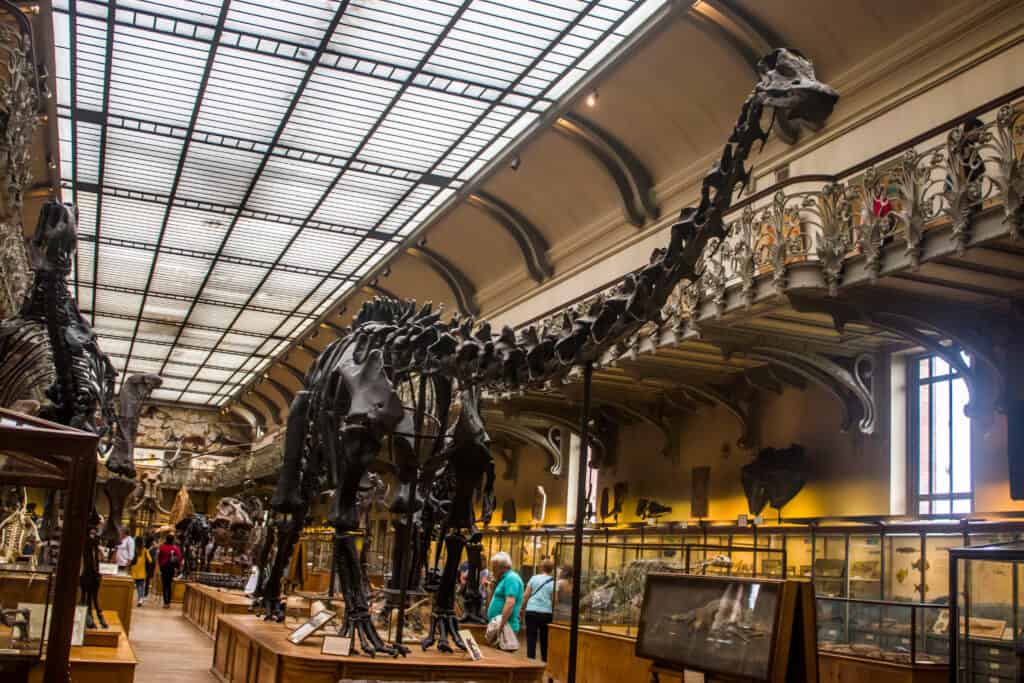
There are many diplodocus fossils providing scientists with a lot of material to study.
©Danny Ye/Shutterstock.com
The first diplodocus fossils were discovered in 1877 in the Morrison Formation, an area of the mid-western United States that is a significant source of fossils from the Jurassic period. These specific fossils were found in Garden Park near Cañon City, CO. They were found by Benjamin Mudge and Samuel Wendell Williston, sent off to the Yale Peabody Museum, and then identified and named by paleontologist Othniel Charles Marsh. Several fossils from diplodocus and other diplodocids were found here and studied from 1877 to 1884.
Towards the late 1800s, museums themselves launched their own expeditions in a bid to find complete sauropod and diplodocus skeletons, since most of the findings until that point had been a few bones or partial skeletons. In 1899, members of an expedition for the Carnegie Museum of Natural History in Philadelphia found a nearly complete diplodocus skeleton. The next year, another expedition for the same museum found a smaller but similarly complete skeleton. In 1907 these fossils became the basis of a mounted dinosaur skeleton at the Carnegie Museum of Natural History. The beloved skeleton earned the name “dippy,” and can still be seen at the museum today. Dippy became very important. The museum made casts of the skeleton so reproductions could be displayed and studied all across the world.
More recently, in 1994, a site full of both adult and juvenile diplodocus bones was found at the Mother’s Day Quarry in Carbon County, Montana. These discoveries became important for learning about diplodocus skin, diseases and injuries, and the differences between young diplos and adult specimens.
There are so many diplodocus fossils that it is one of the best-studied dinosaurs. Scientists have a lot of theories about their behaviors based on abundant findings. For example, by studying the scleral rings, unique eye bones that are not found in mammals, and comparing them to modern birds and reptiles, experts theorize that these animals lived a cathermal lifestyle. This means that instead of sleeping for a longer period each day or night, they slept between four and six times per day, and ate or socialized at irregular intervals.
They have also discovered that diplodocuses likely had a respiratory system similar to birds, not mammals, which would have helped them to move enough air around their huge bodies to survive.
Extinction
The diplodocus became extinct around 152 million years ago during the late Jurassic period. Sauropods, the family of dinosaurs that includes the diplodocus, lived until the end of the age of dinosaurs, flourishing throughout the Cretaceous period, until the time that ended it for all of the dinos about 80 million years ago. Diplodocus didn’t make it that far. There is not much information about why these dinosaurs died out and did not continue into the Cretaceous period. Like so many mysteries of the ancient world of dinosaurs, scientists hope to discover this in the near future.
Similar Animals to Diplodocus
Keep Reading
Interested in sauropods? These articles about long-necked dinosaurs will keep your interest:
- The Absolute Largest Dinosaur in Jurassic World Dominion
- Brachiosaurus vs Brontosaurus: 5 Key Differences Explained
- Discover the Largest Land Animal in History
- Apatosaurus vs Brontosaurus: Is There a Difference?
Diplodocus FAQs (Frequently Asked Questions)
When was the diplodocus alive?
Diplodocuses were alive between 52 and 54 million years ago
How big was the diplodocus?
Diplodocuses were probably about 105 feet long and weighed up to 125 tons.
Thank you for reading! Have some feedback for us? Contact the AZ Animals editorial team.
Sources
- Wikipedia, Available here: https://en.wikipedia.org/wiki/Cathemerality
- Wikipedia , Available here: https://en.wikipedia.org/wiki/Morrison_Formation
- Wikipedia , Available here: https://en.wikipedia.org/wiki/Diplodocus#Discovery_and_history
- Wikipedia , Available here: https://en.wikipedia.org/wiki/Sclerotic_ring
- Wikipedia , Available here: https://en.wikipedia.org/wiki/Sauropoda
- Prehistoric Wildlife , Available here: http://www.prehistoric-wildlife.com/species/d/diplodocus.html
- Live Science, Available here: https://www.livescience.com/24326-diplodocus.html
- Science Focus , Available here: https://www.sciencefocus.com/nature/what-was-the-life-expectancy-of-a-dinosaur/
- Scientific American, Available here: https://www.scientificamerican.com/article/sauropods-flourished-creatous-period-interactive
- Wikipedia, Available here: https://en.wikipedia.org/wiki/Diplodocus/
- Song Facts , Available here: https://www.songfacts.com/facts/diplo#:~:text=His%20stage%20name%20%22Diplo%22%20is,with%20Sri%20Lankan%20rapper%20M.I.A.
- Montana State University , Available here: https://www.cs.montana.edu/webworks/projects/stevesbook/contents/chapters/chapter002/section004/blue/page003.html









